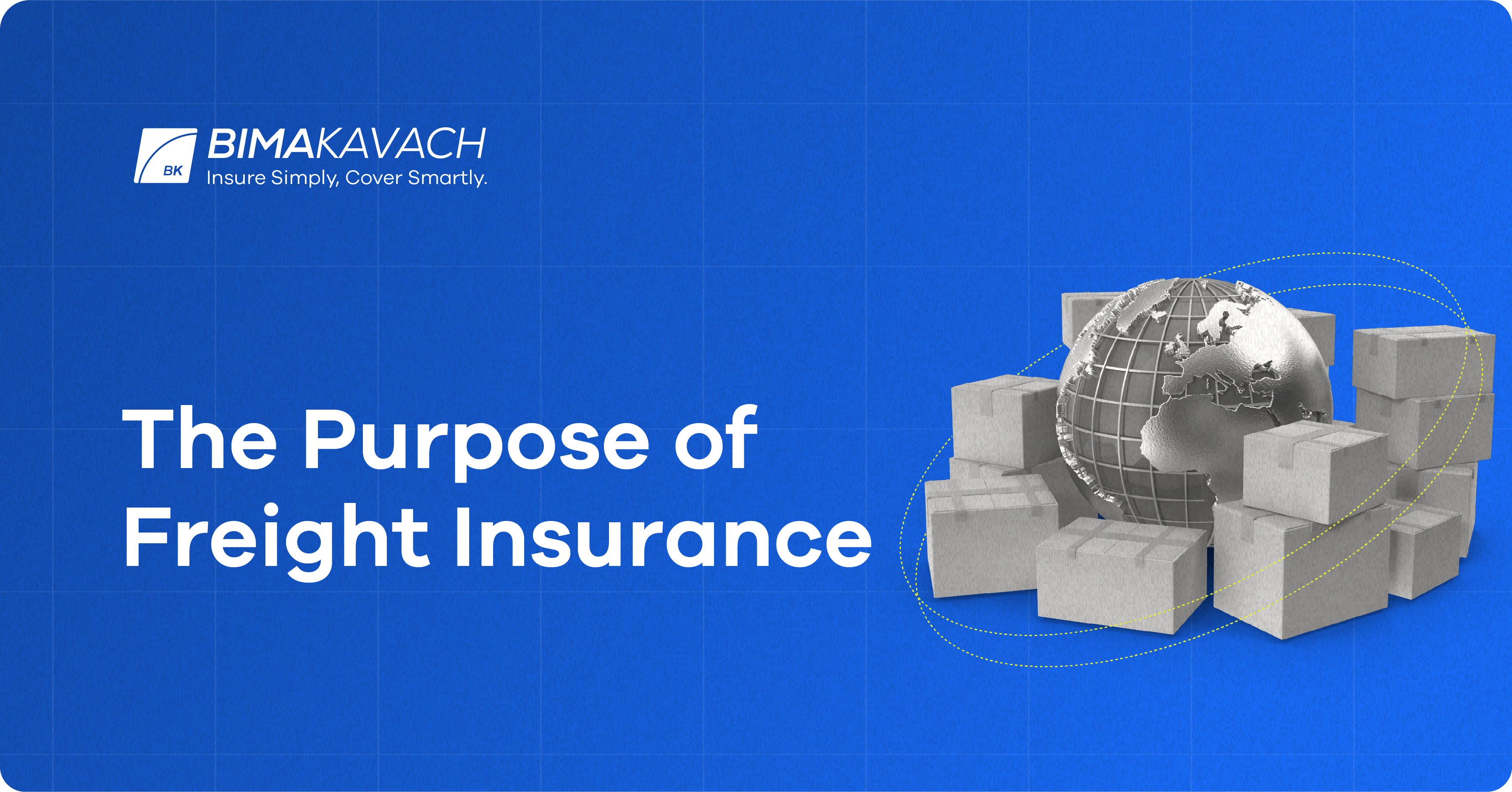What Does Pacific Prime Mean?
What Does Pacific Prime Mean?
Blog Article
What Does Pacific Prime Mean?
Table of Contents6 Easy Facts About Pacific Prime DescribedNot known Details About Pacific Prime The Main Principles Of Pacific Prime Some Ideas on Pacific Prime You Should KnowSome Known Questions About Pacific Prime.

This is because the information were collected for a period of solid economic performance. Of the approximated 42 million individuals who were uninsured, all however concerning 420,000 (concerning 1 percent) were under 65 years of age, the age at which most Americans end up being qualified for Medicare; 32 million were grownups in between ages 18 and 65, around 19 percent of all adults in this age team; and 10 million were kids under 18 years of age, about 13.9 percent of all children (Mills, 2000).
These quotes of the variety of persons uninsured are produced from the annual March Supplement to the Existing Population Survey (CPS), conducted by the Census Bureau. Unless otherwise kept in mind, nationwide estimates of people without health and wellness insurance coverage and proportions of the populace with various kinds of protection are based upon the CPS, one of the most commonly used resource of price quotes of insurance policy protection and uninsurance rates.
The 30-Second Trick For Pacific Prime

Still, the CPS is especially useful because it produces yearly quotes fairly rapidly, reporting the previous year's insurance policy coverage approximates each September, and because it is the basis for a consistent set of estimates for greater than twenty years, enabling for analysis of fads in coverage in time. For these factors, as well as the considerable use the CPS in various other research studies of insurance policy coverage that are presented in this record, we count on CPS estimates, with constraints kept in mind.

The estimate of the variety of without insurance individuals expands when a populace's insurance coverage status is tracked for a number of years. Over a three-year period beginning early in 1993, 72 million people, 29 percent of the united state population, were without protection for at the very least one month. Within a single year (1994 ), 53 million people experienced a minimum of a month without protection (Bennefield, 1998a)
Six out of every 10 without insurance adults are themselves used. Although functioning does enhance the probability that and one's family participants will have insurance, it is not an assurance. Even participants of families with two full-time breadwinner have almost a one-in-ten possibility of being uninsured (9.1 percent without insurance rate) (Hoffman and Pohl, 2000).
The 15-Second Trick For Pacific Prime
New immigrants account for a significant percentage of people without health and wellness insurance policy. One analysis has actually associated a substantial section of the current growth in the size of the U.S. without insurance population to immigrants who arrived in the nation between 1994 and 1998 (Camarota and Edwards, 2000). Current immigrants (those who concerned the United States within the previous 4 years) do have a high price of being uninsured (46 percent), yet they and their children represent simply 6 percent of those without insurance across the country (Holahan et al., 2001).
The partnership in between medical insurance and accessibility to care is well developed, as documented later in this chapter. Although the relationship between additional hints medical insurance and health outcomes is neither direct nor straightforward, a substantial medical and health services study literature links medical insurance protection to improved access to care, far better high quality, and enhanced personal and population wellness condition.
Degrees of analysis for analyzing the results of uninsurance. It focuses particularly on those without any type of health and wellness insurance coverage for any kind of length of time.
Some Known Incorrect Statements About Pacific Prime
The problems dealt with by the underinsured are in some areas similar to those encountered by the without insurance, although they are generally less severe. expat insurance. Uninsurance and underinsurance, nonetheless, involve definitely different plan issues, and the methods for addressing them may vary. Throughout this research study and the 5 records to adhere to, the major emphasis is on individuals with no medical insurance and hence no aid in paying for health and wellness care past what is readily available through charity and safeguard organizations
Health insurance coverage is a powerful aspect affecting invoice of treatment since both individuals and doctors reply to the out-of-pocket rate of solutions - https://trello.com/w/pacificpr1me_. Health insurance policy, nevertheless, is neither needed neither adequate to access to medical services. Nevertheless, the independent and direct impact of wellness insurance policy coverage on access to health and wellness solutions is well developed.
Others will certainly acquire the healthcare they require even without wellness insurance policy, by paying for it out of pocket or seeking it from suppliers that supply treatment free or at extremely subsidized prices. For still others, medical insurance alone does not ensure receipt of treatment because of various other nonfinancial obstacles, such as a lack of wellness treatment service providers in their area, limited accessibility to transport, illiteracy, or linguistic and cultural distinctions.
The 8-Second Trick For Pacific Prime
Formal research study regarding without insurance populaces in the United States dates to the late 1920s and early 1930s when the Committee on the Expense of Healthcare produced a series of reports concerning funding physician workplace visits and hospitalizations. This problem ended up being significant as the varieties of clinically indigent climbed throughout the Great Clinical depression.
Report this page